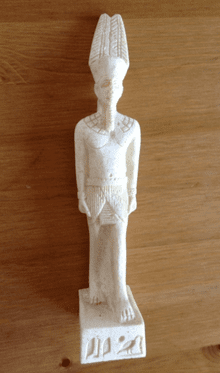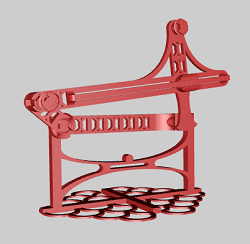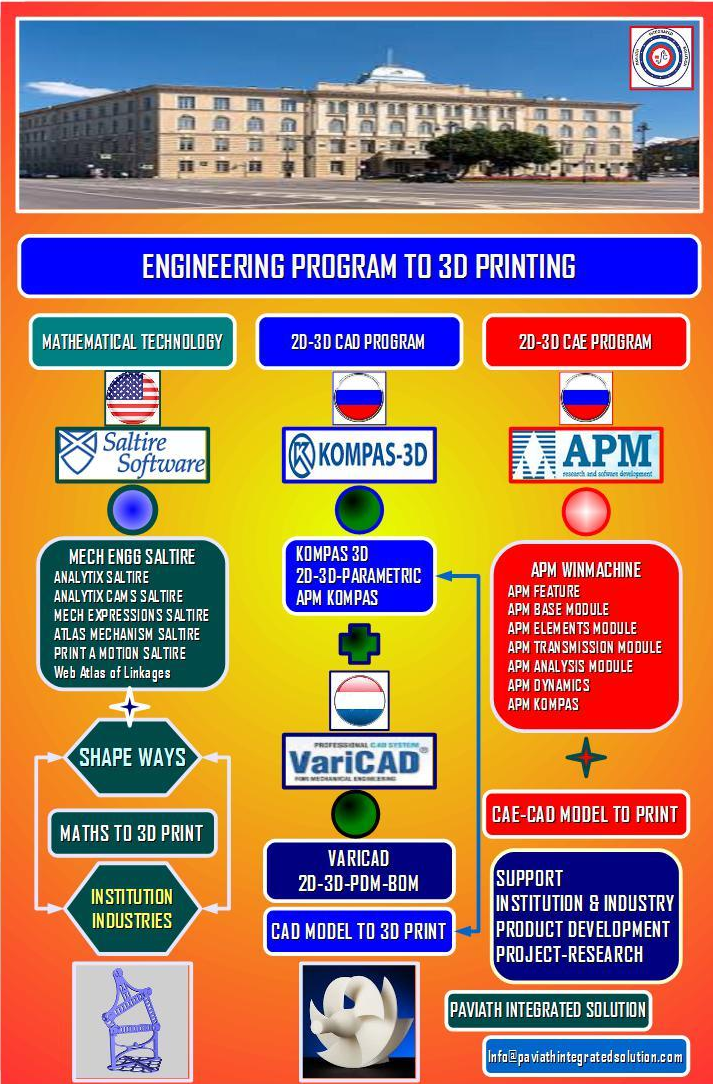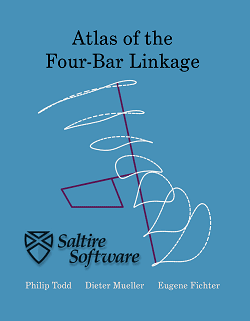3D PRINTING
Women Graduates are trained with basics in Industry application from basic science Mathematics, Physics, Chemistry
Training in application Software by Industry Professional, to train others with preparation as TRAINER to empower.
Empowering areas are ACADEMIC SERVICE-ENTREPRENEURSHIP-DESIGN SERVICE-INDUSTRIES-SOCIAL ENGINEERING
3D printing: the future of mechanical prototyping
3D printing: the future of mechanical prototyping
3D printing is any of various processes in which material is joined or solidified under computer control to create a three-dimensional object,[1] with material being added together (such as liquid molecules or powder grains being fused together). 3D printing is used in both rapid prototyping and additive manufacturing. Objects can be of almost any shape or geometry and typically are produced using digital model data from a 3D model or another electronic data source such as an Additive Manufacturing File (AMF) file (usually in sequential layers). There are many different technologies, like stereolithography (SLA) or fused deposit modeling (FDM)[2]. Thus, unlike material removed from a stock in the conventional machining process, 3D printing or Additive Manufacturing builds a three-dimensional object from a computer-aided design (CAD) model or AMF file, usually by successively adding material layer by layer.[3][4]
The term "3D printing" originally referred to a process that deposits a binder material onto a powder bed with inkjet printer heads layer by layer. More recently, the term is being used in popular vernacular to encompass a wider variety of additive manufacturing techniques. United States and global technical standards use the official term additive manufacturing for this broader sense

3D Studio Max (.max, .3ds) AC3D (.AC) Apple 3DMF (.3dm / .3dmf) Autocad (.dwg) Blender (.blend) Caligari Object (.cob) Collada (.dae) Dassault (.3dxml) DEC Object File Format (.off) DirectX 3D Model (.x) Drawing Interchange Format (.dxf) DXF Extensible 3D (.x3d) Form-Z (.fmz) GameExchange2-Mirai (.gof) Google Earth (.kml / .kmz) HOOPS HSF (.hsf) LightWave (.lwo / .lws) Lightwave Motion (.mot) MicroStation (.dgn) Nendo (.ndo) OBJ (.obj) Okino Transfer File Format (.bdf) OpenFlight (.flt) Openinventor (.iv) Pro Engineer (.slp) Radiosity (.radio) Raw Faces (.raw) RenderWare Object (.rwx) Revit (.rvt) Sketchup (.skp) Softimage XSI (.xsi) Stanford PLY (.ply) STEP (.stp) Stereo Litography (.stl) Strata StudioPro (.vis) TrueSpace (.cob) trueSpace (.cob, .scn) Universal (.u3d) VectorWorks (.mcd) VideoScape (.obj) Viewpoint (.vet) VRML (.wrl) Wavefront (.obj) Wings 3D (.wings) X3D Extensible 3D (.x3d) Xfig Export (.fig)



Atlas of the Four-Bar Linkage
Use this handy reference to identify parameters for linkages to generate your desired form of coupler curve. Print a Motion uses the same parameters as the book, so once you have identified the motion you want you can come back here and print it.
